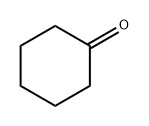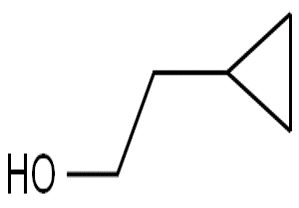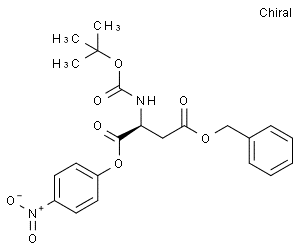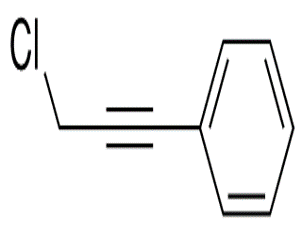Cyclohexanone(CAS#108-94-1)
| Hazard Symbols | Xn – Harmful |
| Risk Codes | R10 – Flammable R20 – Harmful by inhalation R41 – Risk of serious damage to eyes R38 – Irritating to the skin R20/21/22 – Harmful by inhalation, in contact with skin and if swallowed. |
| Safety Description | S25 – Avoid contact with eyes. S36/37/39 – Wear suitable protective clothing, gloves and eye/face protection. S26 – In case of contact with eyes, rinse immediately with plenty of water and seek medical advice. |
| UN IDs | UN 1915 3/PG 3 |
| WGK Germany | 1 |
| RTECS | GW1050000 |
| TSCA | Yes |
| HS Code | 2914 22 00 |
| Hazard Class | 3 |
| Packing Group | III |
| Toxicity | LD50 orally in rats: 1.62 ml/kg (Smyth) |
Introduction
Cyclohexanone is an organic compound. The following is an introduction to the properties, uses, preparation methods and safety information of cyclohexanone:
Quality:
- Appearance: Colorless liquid with a pungent odor.
- Density: 0.95 g/cm³
- Solubility: Soluble in organic solvents such as water, ethanol, ether, etc.
Use:
- Cyclohexanone is a widely used solvent for solvent extraction and cleaning in the chemical industry such as plastics, rubber, paints, etc.
Method:
- Cyclohexanone can be catalyzed by cyclohexene in the presence of oxygen to form cyclohexanone.
- Another method of preparation is to prepare cyclohexanone by decarboxylation of caproic acid.
Safety Information:
- Cyclohexanone has low toxicity, but it is still important to use it safely.
- Avoid contact with skin and eyes, wear protective gloves and goggles.
- Provide good ventilation when used and avoid inhalation or ingestion.
- In case of accidental ingestion or excessive exposure, seek medical assistance immediately.
- When storing and using cyclohexanone, pay attention to fire and explosion prevention measures, and store it away from fire sources and high temperatures.








